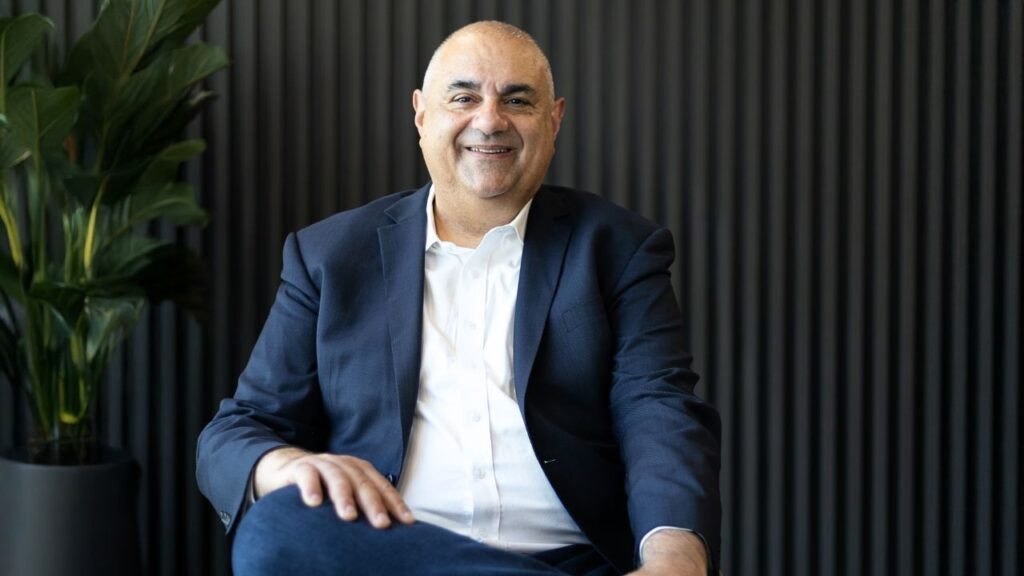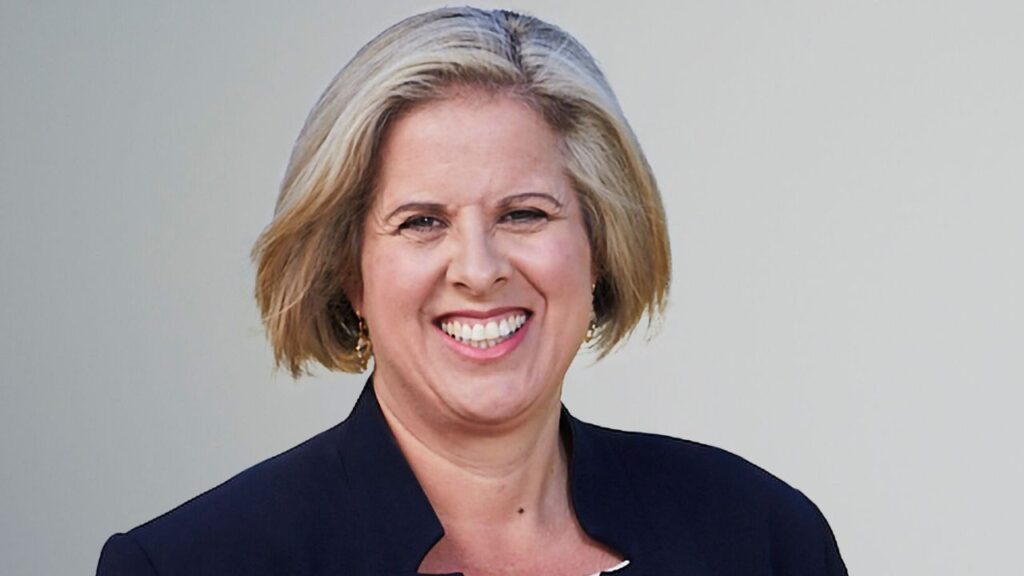The Reserve Bank of Australia has delivered a widely anticipated 25 basis point cut to the official cash rate, bringing it down to 3.6 per cent in a unanimous board decision.
With underlying inflation continuing to track back towards the midpoint of the RBA’s 2–3 per cent target range and labour market conditions easing, the central bank judged that further monetary easing was warranted.
However, the board signalled it remained cautious given uncertainty around aggregate demand and supply, noting that monetary policy was well-placed to respond to international developments if they materially affect activity and inflation in Australia.
The move follows rate cuts in February and May, and comes after last month’s surprise hold, when the RBA said it wanted to see June quarter CPI data before acting again.
Softer-than-expected inflation and a lift in the jobless rate to 4.3 per cent paved the way for today’s decision, with the US Federal Reserve also expected to resume easing next month.
Matt Lahood, CEO of Real Estate, The Agency

The Agency’s CEO of Real Estate, Matt Lahood, said the decision would boost confidence on both sides of the transaction ahead of spring.
“This decision fuels seller confidence and also buyer confidence ahead of the Spring selling season, which across Australia is the most bullish selling period of the year,” Mr Lahood said.
“With clearance rates north of 70 per cent for the last six months and remaining high over the winter period, we expect to see strong clearance rates continue and potentially go even higher.”
The RBA’s next meeting is on 30 September, just before the heart of the spring market.
Tim Lawless, Research Director, Cotality

Cotality’s Tim Lawless said the cut would improve borrowing capacity and support confidence, but affordability constraints would temper price growth.
“This decision follows a surprise ‘hold’ in July. Since then, core inflation has reduced to 2.7%, the lowest in three and a half years, and the unemployment rate has risen to 4.3%, the highest since November 2021,” Mr Lawless said.
“If lenders pass on the cut in full, the average variable mortgage rate could drop to around 5.5%, saving roughly $120 per month on a $750,000 home loan – about $370 less than in January.”
Mr Lawless said while the backdrop of low supply should support prices, “stretched housing affordability and prudent lending standards are likely to temper the upswing.”
Nerida Conisbee, Chief Economist, Ray White Group

Ray White Group Chief Economist Nerida Conisbee said the cut was a measured response to confirmed inflation containment and a softening labour market.
“With headline inflation at 2.1 per cent and trimmed mean at 2.7 per cent, combined with unemployment rising to 4.3 per cent in June, the RBA has provided measured stimulus while maintaining flexibility for future policy adjustments,” Ms Conisbee said.
She noted the decision reverses July’s surprise hold, with last week’s quarterly CPI data validating monthly readings and giving the central bank confidence to ease policy.
“The measured pace allows policymakers to assess the impact of each adjustment while keeping ammunition for more aggressive action if labour market conditions deteriorate further,” she said.
Ms Conisbee said the cut would inject further stimulus into already strong housing markets. “For a household with a $750,000 mortgage, this reduction represents monthly savings of approximately $155, providing increased borrowing capacity that will support housing demand,” she said.
Antonia Mercorella, CEO, REIQ

REIQ CEO Antonia Mercorella said the third cut of the year would bring “meaningful financial relief” for Queensland households.
“A variable mortgage holder with the average new owner-occupier loan in Queensland of $647,000 could save approximately $97 per month if lenders pass on the full cut,” Ms Mercorella said.
She added that the cumulative effect of this year’s three cuts could lift borrowing capacity for some households by more than $39,000, potentially helping first home buyers onto the ladder.
However, she warned that relief needed to be matched with housing supply action “to ensure affordability gains are not eroded.”
Eleanor Creagh, Senior Economist

Eleanor Creagh said lower interest rates were set to bolster both confidence and borrowing power, with price growth likely to continue.
“Affordability remains severely constrained, but the underlying market pressure of persistent housing undersupply relative to population growth remains in place,” Ms Creagh said.
She noted momentum had strengthened in 2025 after slower conditions in late 2024, with renewed buyer sentiment underpinned by earlier cuts and the prospect of further reductions.
Mathew Tiller, Head of Research, LJ Hooker Group

LJ Hooker’s Mathew Tiller said the cut would be especially welcomed by first-time buyers and upgraders.
“Property prices are still rising, up 6.4 per cent so far this year due to tight supply and strong demand,” Mr Tiller said.
He expects stock levels to rise through spring, with appraisal numbers already climbing over winter, and forecast another cut in November.
Matt Bell, Chief Economist, Oliver Hume

Matt Bell said the cut should lift activity in both new and established markets after July’s pause temporarily slowed the recovery.
“The two cuts earlier this year delivered six consecutive months of dwelling price growth and one of the biggest jumps in quarterly land sales in Melbourne,” Mr Bell said.
He expects another cut by December, followed by two more in 2026, to support land sales into late next year.
Thomas McGlynn, CEO, BresicWhitney

BresicWhitney’s Thomas McGlynn said the decision reinforced growing stability in Sydney’s market.
“It’s giving buyers and sellers more confidence to make decisions now rather than to wait,” Mr McGlynn said.
He noted a 40% uplift in total sales compared to last year, alongside a near 50% increase in new listings.
“Should we see another rate cut over 2025, it’s likely to lead into a strong start to 2026. Current forecasts suggest Sydney prices could grow between approximately 4% and 8% over the short term. Annual inflation is also tracking at 2.7%, and within the RBA’s target band. Unemployment however has increased to 4.3%. Both key indicators that support steady conditions. That said, cost-of-living pressures will still influence the pace of growth.
“By and large, these are positive developments and we’re supportive of a more balanced market that can accommodate a diverse buying and selling ambitions.”
Andrew Winter, Property Expert, Compare the Market

Compare the Market’s Andrew Winter said the savings from today’s cut could be matched or exceeded by equity gains if property prices rise.
“Homeowners are about to feel a lot better off because not only are their repayments getting reduced, they’re benefiting from an equity boost as well,” Mr Winter said.
However, he cautioned buyers to “stress test” their mortgage and sell before buying if upsizing in a tight market.
Denita Wawn, CEO, Master Builders Australia

Master Builders Australia CEO Denita Wawn said today’s rate cut delivers welcome relief for the building and construction industry, as well as Australians facing high mortgage and rental costs.
“Over the past several months, we’ve heard from builders that consumers are still reluctant to pursue new home building. Hopefully, today’s announcement gives them a bit more reassurance,” Ms Wawn said.
She said while lower rates would help reduce the cost of doing business and lift demand, the industry’s ability to respond was constrained by declining productivity, labour shortages, red tape and inefficient planning systems.
“These make it more costly and less speedy to roll out new homes and other vital projects, limiting our ability to translate higher demand into increased building output,” she said.

